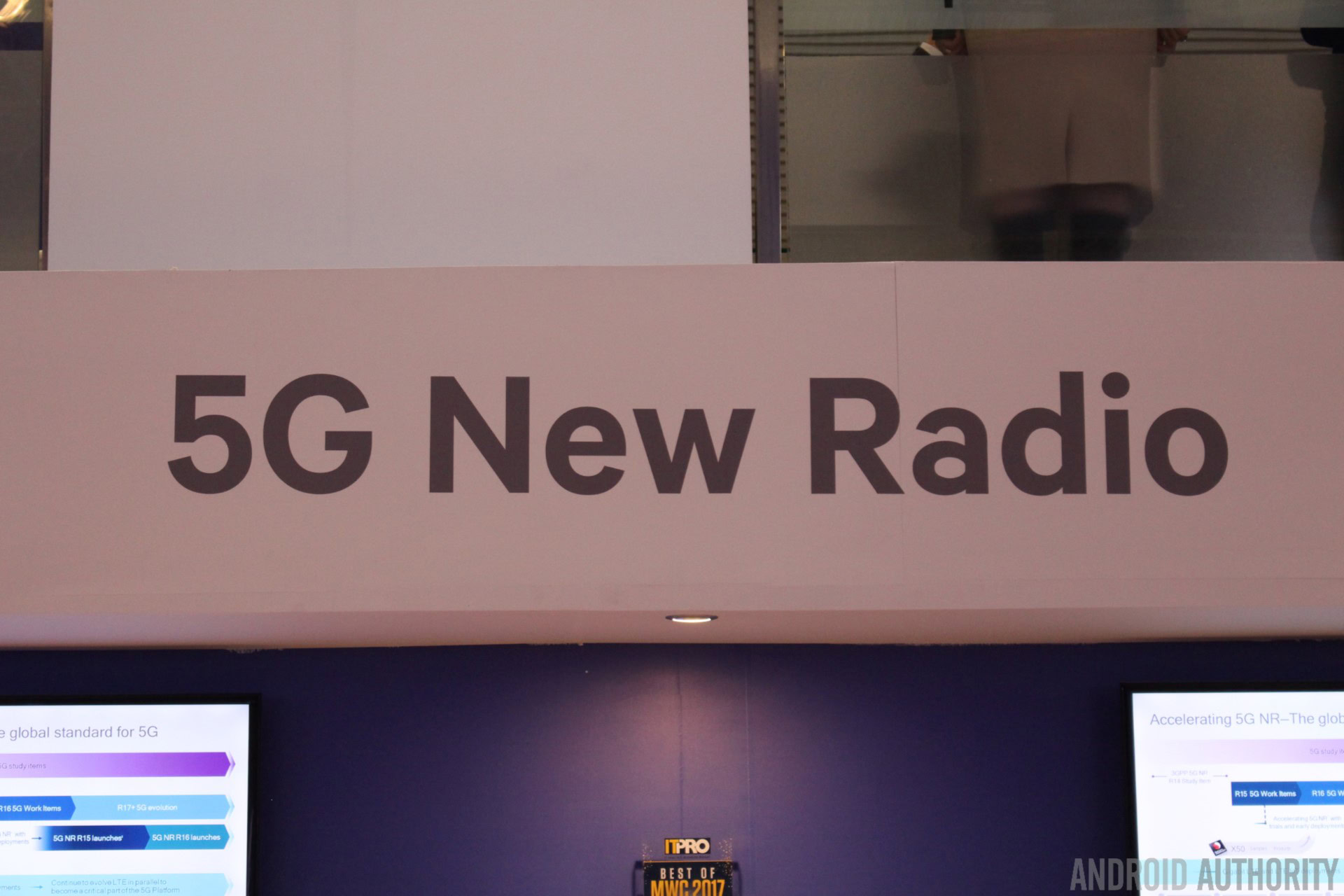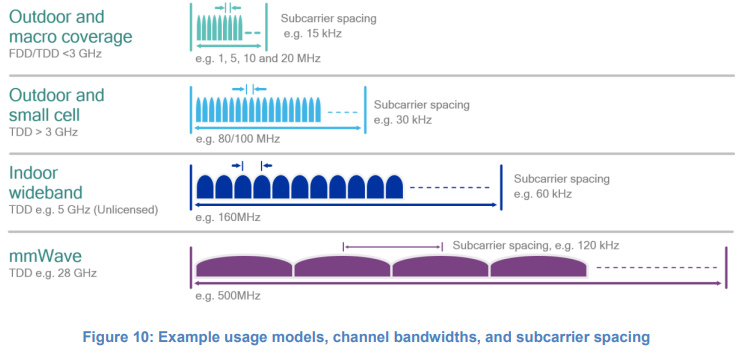Affiliate links on Android Authority may earn us a commission. Learn more.
Qualcomm, ZTE, and China Mobile test world's first 3GPP end-to-end 5G NR connection

Qualcomm, ZTE, and China Mobile announced today the successful testing of the world’s first end-to-end 5G New Radio (NR) interoperable system based on the 3rd Generation Partnership Project (3GPP) Standard, a result of their ongoing 5G technology trials. In other words, the partnership has successfully trialed the first 5G networking equipment that can successfully send data using the framework that’s going into the 3GPP’s standard for 5G.
The end-to-end 5G NR system is designed to achieve multi-gigabit per second peak (> 1 Gbps) data rates at significantly lower air interface latency than 4G networks. The 5G standard calls for sub 4 ms latency, down from 20 ms with existing LTE networks. The trial was conducted at China Mobile’s 5G Joint Innovation Center. The partners intend to show off their achievement at the China Mobile Global Partner Conference on November 23.
Achieving the world’s first end-to-end 5G NR interoperable data connection is true testament to our 5G leadership, driving toward the timely launch of standard-compliant commercial networks.Cristiano Amon, executive vice president, Qualcomm Technologies, Inc
To achieve this milestone, the setup used ZTE’s 5G NR pre-commercial base station, Qualcomm’s 5G sub 6 GHz NR user equipment prototype, and sent data over the 3.5 GHz band utilizing 100 MHz of bandwidth. Now that’s not the very high frequency mmWave frequencies often talked about with 5G, but the use of 100 MHz of spectrum is a requirement of 5G networks. To explain where this fits into 5G development, let’s examine the 3GPP Release-15 5G New Radio layer 1 specification in a little more detail.
Trialing essential 5G technologies
Perhaps the most significant aspect of this announcement is that the test met the full requirements of the 3GPP Release 15 5G New Radio specification. 3GPP is a global collaborative partnership of telecommunications associates that standardizes technologies for mobile communications, including 3G, 4G LTE, and now 5G. It’s specification releases are what telecommunications companies around the world will end up basing their 5G networks and technologies upon. So compliance is a big step towards commercial products, rather than just theoretical laboratory testing of potential technologies.

Release 15 is not completely finalized yet— it’s expected around September 2018— however that doesn’t mean that many of the key decisions haven’t already been made. The group is also accelerating 5G rollout through the utilization of existing LTE radio and core networks, along with adding in new carriers for 5G, before the standard is completely finalized. This is known as Non-Standalone (NSA) 5G New Radio and will be what the earliest 2019 5G deployments look like. It’s also worth noting that a number of New Radio decisions were already made with Release 14, such as the use of scalable Orthogonal frequency-division multiplexing (OFDM) waveforms.
So what does today’s announcement mean in terms of features? The group states in particular that the trial utilizes the 3GPP Release-15 5G New Radio layer 1 architecture — including the scalable OFDM numerology, new advanced channel coding and modulation schemes, and the low-latency self-contained slot structure. These are new technologies that separate old 4G networks from future 5G, so they’re worth exploring in a little more detail.

In a nutshell, scalable OFDM supports variable spacing between sub-carrier bands used in networks. So while today’s 20 MHz LTE sub-carriers are spaced apart by 15 kHz, 5G NR bands will increase from 30 kHz up to 120 kHz for high frequency mmWaves, as the image above demonstrates. This ensures that the spacing scales correctly as networking moves towards the use of wider channels at higher frequencies in order to find more bandwidth.
The other changes relate to the way that data is sent over the network. 5G NR introduces a new channel coding design to more efficiently delivery multi-Gbps speeds by including things like scalable data block lengths to handle different workloads. Finally, the self-contained subframe slot structure is essentially a change to the way data packets are handled. To reduce latency, the data transmission and acknowledgement handshake are now all packaged into a single subframe.
China Mobile has been committed to promoting the unified global 5G standard with industry partners. The achievement of end-to-end 5G NR interoperable connection testing, compliant with the 3GPP 5G NR standard, is an important milestone of 5G to productization and pre-commercialization from standard. Li Zhengmao, Vice President of China Mobile Communications Corporation

Evolving towards 5G
These all might sound like subtle technological differences, but these tweaks and optimizations are what’s required if we’re to benefit from the multi-Gbps downloads and ultra low latency of upcoming 5G networks. This latest trial steps out of laboratory environments and demonstrates how technologies from multiple developers work to deliver the specification that will end up (in part) powering first generation 5G networks.
As 5G technology trials continue to focus in on the final specifications, we can see that 5G is going to be a gradual evolution of today’s LTE networks, rather than a huge leap. The adoption of LTE Advanced Pro and Unlicensed Spectrum, combined with the development of Non Standalone 5G NR ahead of the Standalone version shows that today’s LTE networks are gradually going to evolve into 5G, as carriers race to be the first to switch their networks on.